Ever wondered if paintballs are biodegradable? If you’re an avid paintball fan, then you know the thrill of playing a round with friends and family – but have you ever stopped to think about what happens when that round comes to an end? In this ultimate guide, we’ll dive into the mysteries of paintball, exploring the key question of whether or not these pellets are biodegradable. So strap in, grab your gun and let’s take a closer look at Are Paintballs Biodegradable!
What Are Paintballs Made Of?
Paintballs are made of a variety of materials, including polyethylene glycol, polyethylene glycol-acetate, and polyglycerol esters But the most common paintball is composed of a gelatin shell surrounding vegetable oil, food coloring and other non-toxic substances. Paintballs are typically around .68 caliber (17mm) in diameter and weigh about 3 grams when filled.
The material used to make paintballs is important as it needs to be durable enough to withstand being fired out of a gun at high speed while still breaking apart on impact with its target. Additionally, the shells need to remain intact long enough that they don’t break open upon leaving the barrel of the gun or after they are fired.
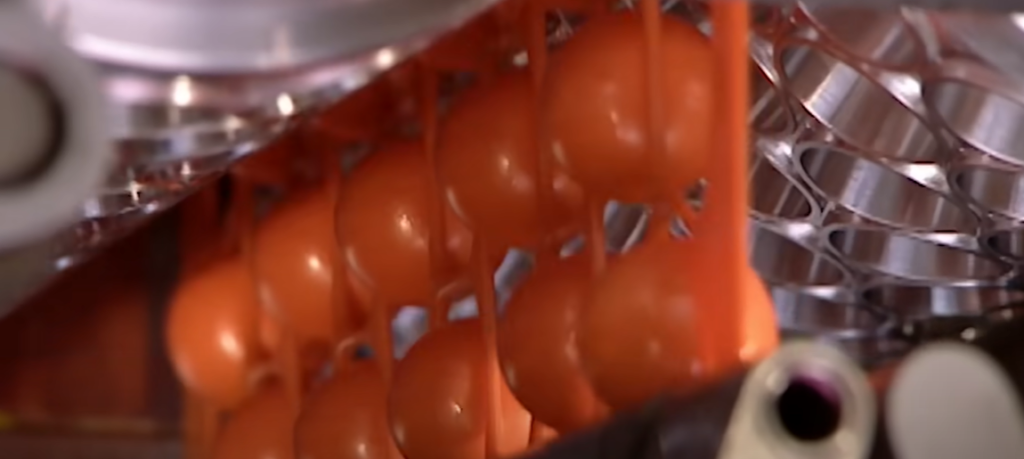
Are Paintballs Biodegradable?
Paintballs are formulated to be biodegradable, meaning that under the right conditions, they will break down into their component parts and be naturally reabsorbed by the environment.
One way to help speed up the biodegradation process is to store used paintballs in water until they can be disposed of properly. This helps the paintballs dissolve faster and prevents them from becoming lodged in soil or other non-biodegradable materials, like plastic.
Traditional Paint Composition
Traditional paintballs use a shell that contains three main ingredients: oil, color dye, and non-toxic wax. The oil acts as the binder to keep the paintball together. The color dye is used to give the ball its iconic bright colors. Lastly, non-toxic wax helps the paintball retain its shape while it flies through the air.
However, these traditional paintballs are not biodegradable because they are made with synthetic materials that do not break down easily in nature. They often end up clogging landfills or waterways and can have a negative impact on local wildlife and their habitat. Therefore, if you want to ensure your paintballs don’t harm the environment, you need to look for biodegradable paintballs.
Paintball Formulation
Paintball is a type of paint-filled gelatin capsule that is propelled from a gun and used in the sport of paintball. Paintballs are made from biodegradable substances such as vegetable oil, glycerin, cornstarch, and cellulose. The exact ingredients vary depending on the manufacturer but all contain water-soluble components that dissolve upon contact with moisture or air. This means that paintballs will begin to break down when exposed to the environment and its elements. [1]
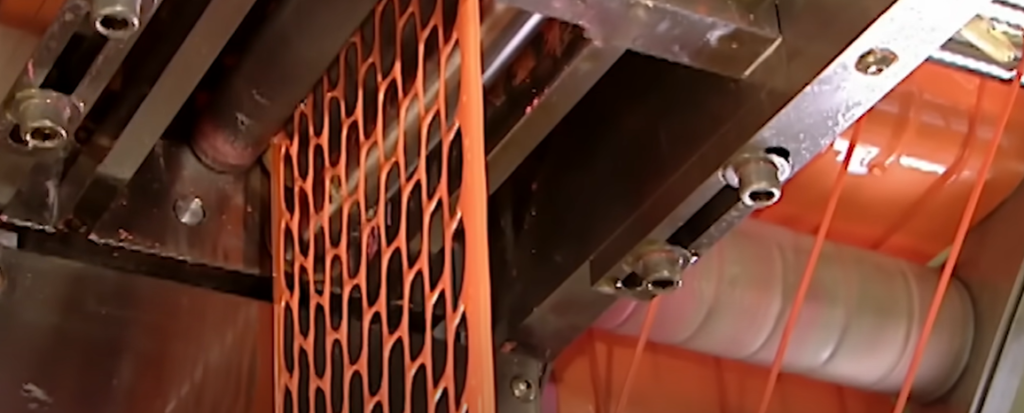
How Environmentally Friendly Are Paintballs?
The good news is that most paintballs are environmentally friendly. Most modern paintballs are made from non-toxic, biodegradable materials like gelatin shells and vegetable oil-based fillings. This means that when the paintball is released into the environment, it will eventually decompose over time.
That said, not all paintballs are created equal. Some brands of paintballs may contain plastic or other synthetic materials that can take much longer to degrade in nature. Additionally, old paintballs have a higher chance of containing toxic chemicals or heavy metals which can be detrimental to the environment if they’re released into nature.
When shopping for your next batch of paintballs, make sure to do some research on their composition. You should also take note of the expiration date so that you can discard any old paintballs properly and avoid polluting the environment.
Finally, if you are concerned about the environmental impact of your paintballing activity, make sure to clean up after each session and dispose of any leftover paintballs responsibly. This will ensure that all traces of paintballing are removed from the environment, leaving it safe for everyone to enjoy.
Paintballs Are Environmentally Safe
Although paintballs are non-toxic, some components may be hazardous if left in the environment. Fortunately, paintballs have a shell that is biodegradable. The outer shell of most paintballs consists of gelatin derived from natural plant sources such as cornstarch and vegetable oil. This means that when it comes into contact with water and bacteria, it will break down over time.
Also, the fillings inside modern paintballs are also generally non-toxic and biodegradable. The most commonly used filling is polyethylene glycol (PEG), which is a safe chemical compound found in many everyday products like toothpaste, shampoo, and skin lotion. PEG has been tested extensively to ensure that it is safe to use and has no negative environmental impact.
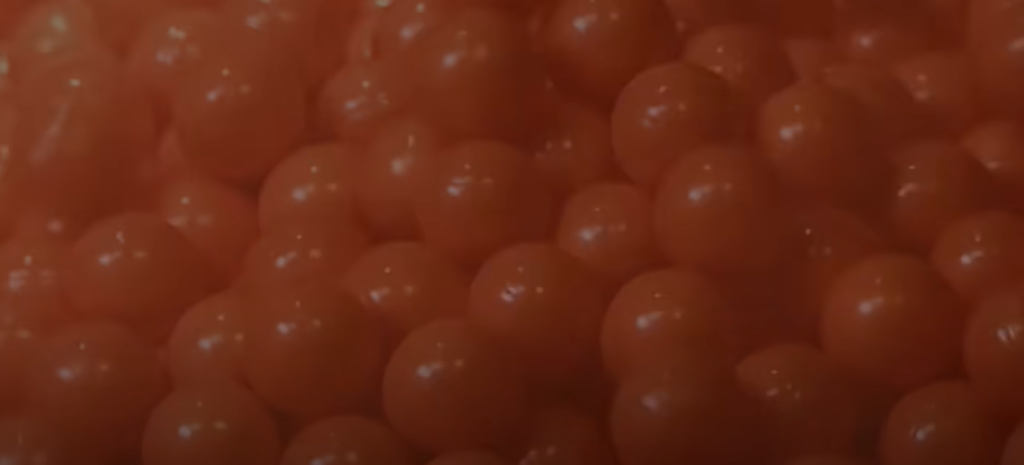
Why Do Manufacturers Adjust the Rigidity of Paintball Shells?
The shell of a paintball is the outermost layer that contains the paint. Manufacturers adjust their rigidity to make them easier to break on impact and reduce splatter. These shells are made from polymers like polyethylene, which are not biodegradable. This means they will take hundreds of years to decompose in landfills or other environments where they can’t be recycled.
Manufacturers also add ingredients to the shells that increase their strength and durability, including dyes, UV inhibitors, anti-static agents, extreme pressure additives and more. Some of these ingredients may contain hazardous substances that can have an adverse effect on the environment if not disposed of properly.
It’s important for paintball players to be aware of the environmental impact of their sport and take steps to reduce waste. This includes using biodegradable paintballs, disposing of used paintballs properly and recycling or reusing any non-biodegradable shells.
Do Manufacturers Care About the Environment?
The short answer is yes. Paintball manufacturers do care about the environment and they want to make sure that their products are biodegradable. They understand that paintballs can end up in nature and that they need to be safe for the environment.
Many paintball companies have taken steps to ensure that their products are as natural and biodegradable as possible. They use eco-friendly materials such as vegetable oil-based dyes, cornstarch shells, and non-toxic ingredients in their paintballs.
Ultimately, paintball companies understand that their products need to be biodegradable and they are taking steps to make sure they are safe for the environment. They want to do their part in protecting nature and keeping our planet healthy.
By doing your part as a consumer, you can also help protect the environment. When buying paintballs, look for those made of biodegradable materials and with strict recycling policies in place. This will help ensure that your paintballs are not harming the environment when they end up in nature. Together, we can all take steps towards preserving the health of our planet.
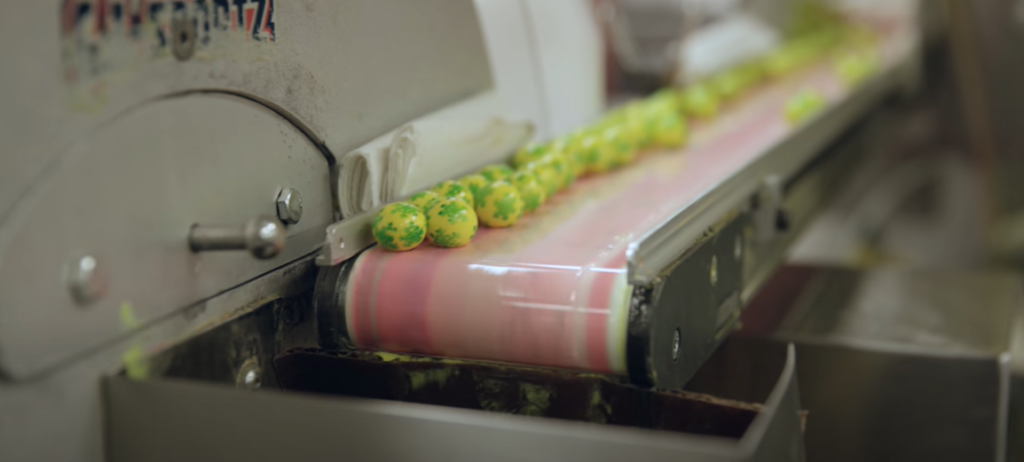
What Makes All Paintballs Soluble in Water?
Most paintballs are made from a water-soluble material, like polyethylene glycol or other similar compounds. These materials dissolve quickly in wet environments and can be easily washed away with water. This makes them ideal for use outdoors, as they won’t stay on the ground and attract unwanted pests. As long as these substances remain at the surface of the paintball, they will break down within minutes when exposed to moisture or humidity.
However, some paintballs contain non-biodegradable dyes or fillers that may not completely dissolve in water. While these materials are generally used to enhance color or create a more visible mark on impact, they can still pose environmental hazards if not properly disposed of.
In order to ensure that all paintballs are biodegradable, it’s important to check the ingredients list of any paintball product you purchase. If you’re unsure about a particular product, contact the manufacturer for more information. If possible, always opt for an organic or biodegradable option when choosing paintballs. This will help reduce your impact on the environment and ensure that your paintball games are as safe and eco-friendly as possible.
How Long Does It Take for Paintballs to Biodegrade?
The time required for paintballs to biodegrade varies from one paintball type to another. Generally speaking, it takes anywhere between two and five years for a single paintball to decompose completely in soil. This timeline is based on the size of the ball and the material used in its manufacture.
For example, some paintballs are made with polyethylene, which breaks down faster than other materials like gelatin or shellac. Additionally, certain paints may contain chemicals such as phthalates that can slow down the rate of biodegradation. For this reason, it’s important to research different types of paintballs before purchasing them to ensure they’re environmentally friendly.
It’s also important to note that environmental conditions can influence the rate of biodegradation. For example, paintballs buried in moist soil will decompose faster than those left exposed to the elements. Additionally, factors like temperature and exposure to sunlight can speed up or slow down the rate of decomposition.
The best way to ensure that paintballs are disposed of properly is to use an appropriate landfill or recycling center. These locations can safely store and dispose of paintballs without having a negative impact on the environment. It’s also important to remember that paintball fields should be regularly cleaned and maintained in order to reduce any potential environmental damage caused by discarded balls.
By being conscious of how long it takes for paintballs to biodegrade and taking appropriate steps towards disposing of them properly, we can help to keep our environment safe and clean.
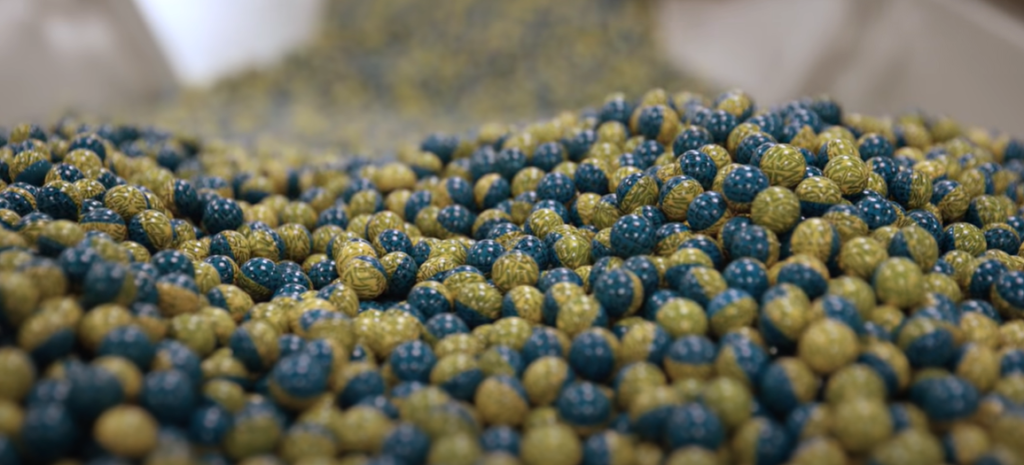
How Are Biodegradable Paintballs Better for the Environment?
Biodegradable paintballs are better for the environment because they break down quicker, leaving less of a long-term impact. While non-biodegradable paintballs can take years to decompose, biodegradable ones may only take a few weeks or months. This means that they don’t take as long to be cleared off fields and won’t sit around in nature polluting the environment.
Additionally, biodegradable paintballs often use ingredients that are safer for the environment than those found in regular paintballs. These ingredients generally include water, flour, food coloring, and plant-based oils instead of harsh chemicals and toxins. As such, biodegradable paintballs have much less of an environmental impact than their non-biodegradable counterparts.
Biodegradable paintballs are also better for the environment because they won’t add to landfills. Paintball fields have to clean up any paintballs that remain after a game, and disposing of these can be difficult if they’re not biodegradable. With regular paintballs, players would need to find ways to dispose of them properly, which could involve extra costs or time spent taking them offsite for disposal. Biodegradable paintballs eliminate this problem as they can simply be left on the field and will naturally degrade without causing any harm.
The ultimate goal is to reduce their environmental impact as much as possible, so making sure you invest in biodegradable paintballs is essential!
Benefits of Using Biodegradable Paintballs
Biodegradable paintballs have a lot of advantages over regular paintballs. The most obvious benefit is that they are much better for the environment. Most biodegradable paintballs break down naturally, which means there’s no need to worry about them polluting the local environment or waterways. This is especially beneficial if you plan on using your paintball course in areas near water sources.
In addition, biodegradable paintballs can help you save money in the long run since they don’t need to be collected after each game. Regular paintballs must be collected and disposed of properly, which adds an extra step when playing as well as costs associated with disposal fees.
Finally, biodegradable paintballs are also safer for players since they break down much more quickly than regular paintballs. This means that the chance of a player being struck by an errant paintball is greatly reduced, making the game safer overall.
Overall, biodegradable paintballs offer many benefits to players and the environment alike. With their environmentally friendliness and safety features, it’s easy to see why so many people are switching to them for their paintball needs.
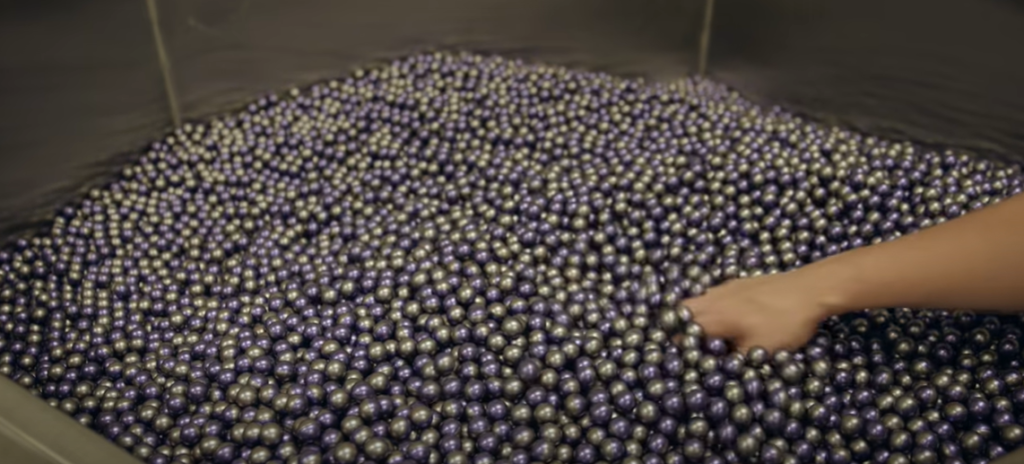
Disadvantages of Biodegradable Paintballs
Despite being a more environmentally sound choice, biodegradable paintballs have a few drawbacks. One of the main disadvantages of using them is that they tend to be less accurate than traditional paintballs. This is due to their softer composition, which makes them more susceptible to drag and wind resistance when fired. As such, less accuracy means that players may need to adjust their shooting strategies and angle in order to take effective shots.
Another disadvantage of biodegradable paintballs is their cost. Though the prices have dropped in recent years, biodegradable paintballs are still generally more expensive than regular ones. This increased cost can make it difficult for some players on a budget to use these balls regularly or in tournaments.
Finally, biodegradable paintballs are also more prone to breakage than regular paintballs. This can be a problem if the paintball breaks inside the marker, as it may damage the gun and require repairs or replacements. Additionally, broken balls can create a mess on the playing field and interfere with gameplay.
How to Dispose of Biodegradable Paintballs?
Once you’ve determined that you have biodegradable paintballs, the next step is to properly dispose of them. You should not simply throw away your paintballs or leave them lying around. Paintballs are made of non-toxic materials, but they can still be harmful to the environment if disposed of incorrectly. Here’s how to do it right:
- Collect all used paintballs in a sealed container. Make sure the container is airtight so that no moisture gets in and starts breaking down the paintball shells prematurely.
- Take the container with used paintballs to an appropriate disposal site designated for hazardous waste (if available), or take it to a professional recycling center that recycles plastic products.
- If there is no designated hazardous waste disposal or recycling center near you, contact your local paintball field and ask if they offer a disposal service for used paintballs. Many do!
- Finally, when you’re finished disposing of the paintballs, make sure to clean up any leftover paint residue or materials on the ground. This will help keep the environment safe and reduce any chances of accidental ingestion or exposure to toxins or pollutants. [2]
By following these steps, you’ll ensure that your biodegradable paintballs are disposed of responsibly and don’t harm the environment in any way. It’s also a good idea to check with your local area for other disposal options – different areas may have different regulations for disposing of paintballs.
Signs that Paintball Pellets are Expired
If you’ve been using your paintball pellets for a while, you may have noticed that they have lost some of their vibrant colors and are starting to show signs of wear and tear. This is a sign that the paintballs may be expired or close to expiring.
When looking closely at expired paintballs, you will notice a few tell-tale signs such as discoloration, fading, cracking, dullness and even crumbling. All these signs might indicate that the paintball pellet has exceeded its shelf life and is no longer safe to use in games.
Aside from visual cues, there’s another way to check if your paintball pellets are still okay to use or not — smell them! Paintballs that have gone bad usually give off a sour odor, similar to vinegar.
If you find that your paintballs are showing any of these signs, then it’s best to dispose of them responsibly and get new ones for your next game. And remember, paintball pellets should never be eaten — even if they look and smell okay! They contain chemicals that can be harmful to humans if ingested.
Now that you know how to tell when paintball pellets are expired, make sure you always check the expiration date before using them.

FAQ
Do paintballs dissolve in water?
The paintball is crafted from biodegradable gelatin, which will eventually dissolve in water over time. It is important to note that the rate at which this occurs largely depends on the water temperature. Typically, warmer temperatures will speed up the process and colder temperatures will slow it down. Therefore, in order to ensure a more efficient dissolution of paintballs, you might want to consider submerging them in a bucket of warm water until they dissolve completely. [3]
Are paintballs made of plastic?
Paintballs are made from a mixture of plastic and gelatin. The shells are usually composed of a brittle, thin outer layer of plastic and an inner core filled with gelatin containing water, food dyes and other ingredients. The biodegradability of paintballs depends on the type of plastic used in the shell – some plastics are more easily broken down than others.
The majority of paintball markers use gelatin-filled paintballs that have a typical shelf life of 1 to 3 years. However, there are new types of paintball ammunition available that use non-toxic materials such as vegetable oil-based waxes instead of gelatin-filled rounds. These newer versions may be biodegradable, although further research is needed to verify this claim.
In addition to being made from plastic, paintballs may also contain other non-biodegradable materials such as powdered pigments and other chemicals. These ingredients can have a negative impact on the environment if not disposed of properly. It is important to research any paintball markers you plan to purchase so that you know what type of ammunition they use, and how best to dispose of it safely. [4]
Finally, some paintball courses may require that all fired paintballs be collected and recycled or disposed of in an appropriate manner. If your local course has such a requirement, make sure that you follow their guidelines carefully in order to minimize any potential environmental impact.
What dissolves paintballs?
Paintballs are generally made of a gelatin shell filled with paint, which is water-soluble. This means that the shell will dissolve in water, eventually breaking down into its parts. However, this process takes quite a long time and on the type of paintball as well as environmental conditions, temperature and humidity levels. Some balls also contain additional ingredients like rubber or wax to make them harder and more durable, which can slow down the rate of degradation even further.
When it comes to dissolving paintballs outside of water, there are several products available on the market that claim to be able to break down the shells quickly and easily. These usually contain enzymes or surfactants that help to break down the components of the paintball more rapidly. However, these products can be expensive and should only be used as a last resort.
In most cases, it’s best to leave paintballs in an environment that allows them to naturally degrade over time. This process could take anywhere from several months to a few years depending on factors like temperature and humidity levels, so patience is key! It’s also important to note that some types of paintballs may never fully biodegrade due to their highly synthetic makeup.
If you’re looking for a way to dispose of your old paintballs quickly and easily, then investing in one of the aforementioned products may be worth considering. Otherwise, try leaving them out in nature and let Mother Nature do the rest!
No matter what you decide, it’s important to remember that paintballs are not biodegradable and should be disposed of responsibly. So if you’re planning on using them for a game or as part of an art project, make sure to clean up after yourself and don’t leave any behind. Doing so will help ensure that our environment stays safe and healthy for years to come.
What is the outside of a paintball made of?
The outside of paintballs is typically made with a gelatin-like shell that contains the colored dye and fill material inside. This shell is designed to break upon impact, releasing the color and fill material inside to mark your target. The outside shell of a paintball is usually composed of food-grade ingredients such as glycerin, polyethylene glycol, and edible dyes. [5]
Useful Video: What are Paintballs made of? Are Paintballs Safe? | Lone Wolf Paintball Michigan
Conclusion
So, are paintballs biodegradable? The answer is yes! Paintballs are made of biodegradable materials and will naturally break down in the environment. However, it takes a long time for them to do so, so it’s important to dispose of them responsibly. If you’re playing paintball outdoors, make sure to leave no trace and collect your used paintballs for proper disposal. Remember that even though paintballs are biodegradable, they still contain some chemicals that can be harmful if released into the environment. Be sure to follow all rules and regulations when storing or disposing of paintballs in order to ensure environmental safety. Thanks for reading this guide! Good luck with your next paintball game and have fun!
References:
- https://paintball4all.com/what-are-paintballs-made-of/
- https://paintballmaverick.com/are-all-paintballs-biodegradable/
- https://www.paintballhelp.com/do-paintballs-biodegrade
- https://steeltownpaintball.com/whats-in-a-paintball-2/
- https://outdoordiversions.com/what-is-inside-of-a-paintball/




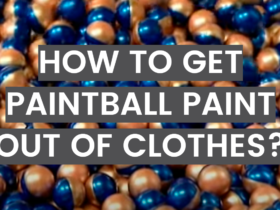
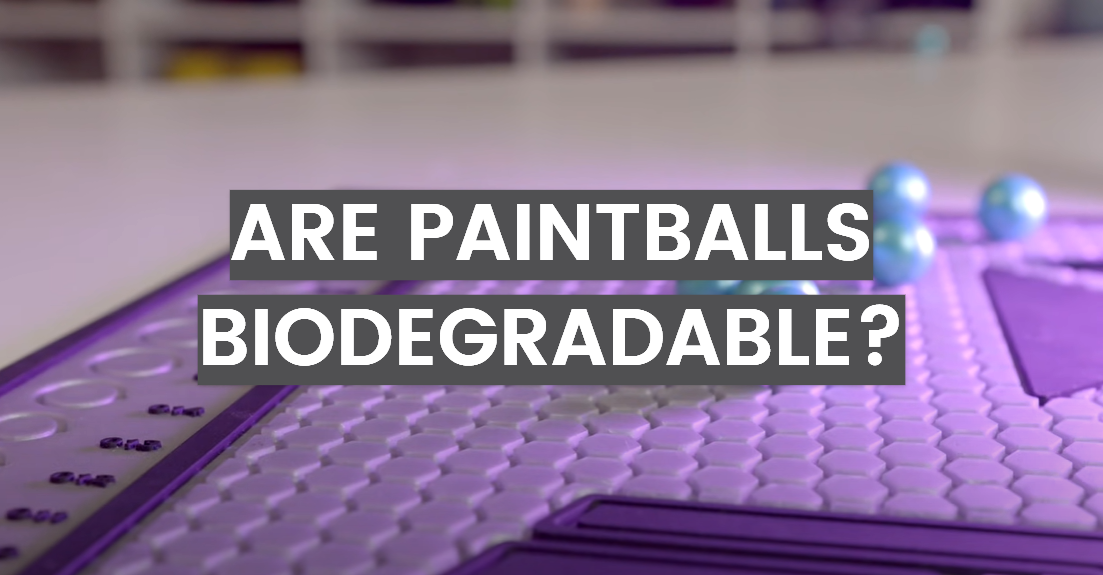

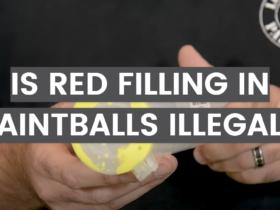

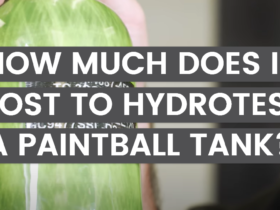
Leave a Review